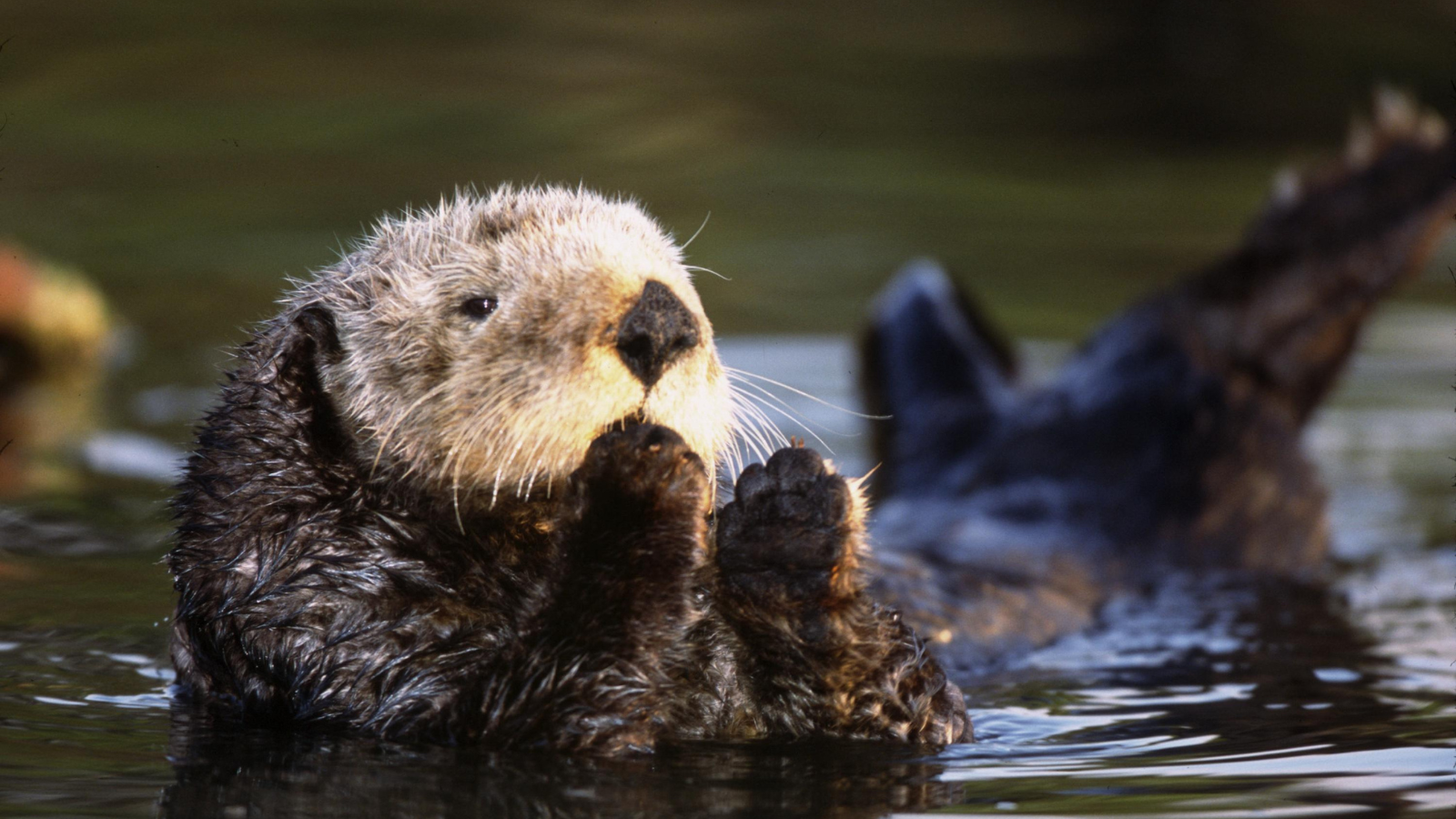
Marine protected areas virtual tour: Papahānaumokuākea Marine National Monument, Hawaii
Leading up to World Oceans Day 2021 on June 8, we are posting a series of blogs on the effectiveness of marine protected areas around the world.

This is a guest blog from James Horrox, which originally ran on www.frontiergroup.org. This is the first in a series of blogs about a report, New Life for the Ocean, which we co-authored with Frontier Group.
One of the world’s largest marine protected areas, the Papahānaumokuākea Marine National Monument (PMNM) protects a pristine coral reef ecosystem and deep sea marine habitats across the waters of the Northwestern Hawaiian Islands.1 Extending for 1,350 miles across the Pacific Ocean, the monument covers more than half a million square miles, including 10 islands and atolls, and is home to thousands of marine species, including mammals, fishes, sea turtles, birds and invertebrates, some of them found nowhere else in the world and several of them threatened or endangered.2
The Northwestern Hawaiian Islands are a place of huge spiritual significance in Native Hawaiian culture.3 In 2006, President George W. Bush established the Northwestern Hawaiian Islands Marine National Monument – renamed Papahānaumokuākea shortly afterwards – in an effort to protect the extraordinary array of natural and cultural resources within its boundaries.4 Parts of the area had had various protections in place since the early 20th century, when President Theodore Roosevelt created the Hawaiian Islands Bird Reservation in response to the over-harvesting of seabirds. With national monument status, however, came a complete ban on all commercial resource extraction, including fishing and mineral extraction, across the entire region. Scientific research, some recreational fishing, and taking of fish for Native Hawaiian cultural practices are allowed with a permit.5
In 2010 the PMNM was designated a UNESCO World Heritage Site, and in 2016, under President Barack Obama, the monument was expanded to four times its original size, making it the largest land or marine preserve on earth at that time.6
Of the 7,000 species that depend on the PMNM, around a quarter are only found in the Hawaiian archipelago.7 The islands also play a major role in maintaining a number of endangered species.
The protected waters around the French Frigate Shoals, for example – the largest atoll in the Northwestern Hawaiian Islands – are home to a flourishing green turtle population.8 Green turtles are found in coastal regions of more than 140 countries across the world, and all of the populations worldwide are currently listed as either Endangered or Threatened under the Endangered Species Act.9 These turtles were once abundant in the Hawaiian Islands, but by the late 20th century their populations had been almost completely wiped out in the area. While the species continues to suffer elsewhere in the world as a result of hunting, coastal development, habitat destruction and destructive fishing practices, the protection of the French Frigate Shoals has fostered a “spectacular recovery” of their populations in Hawaiian waters.10
Protection of the turtles’ nesting beaches and foraging habitats, coupled with prohibitions on hunting, has enabled successful reproduction cycles free from human disturbance and played a crucial role in their increased numbers.11 The turtles also travel long distances to foraging grounds outside of the PMNM, such as seagrass beds around the Main Hawaiian Islands, and 30 percent of their migration route falls under the protection of the PMNM.12 The growth of their population within the monument has been so significant that the IUCN now lists the Hawaiian green turtle as being a population of “least concern.”13
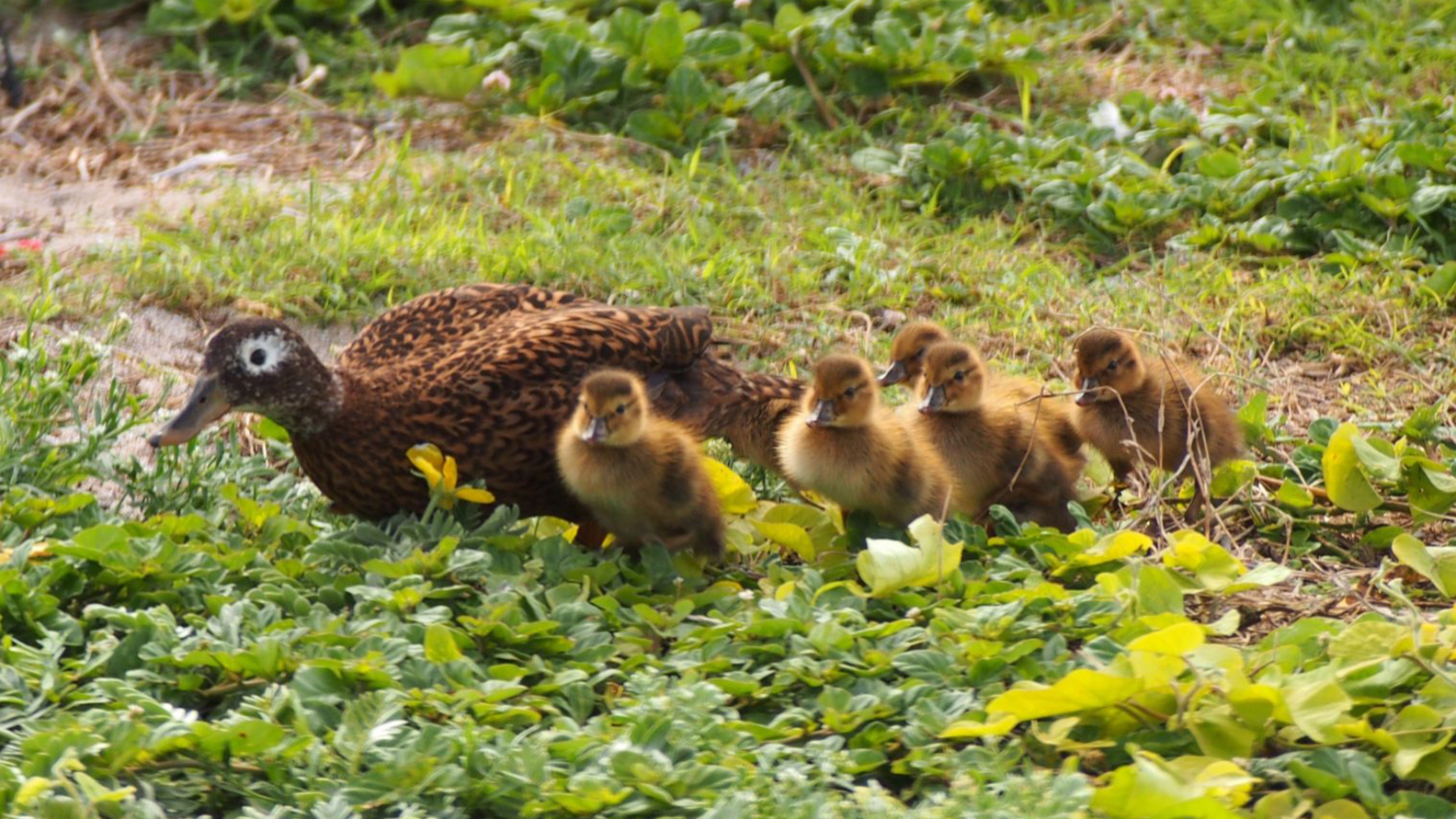
A Laysan duck with her offspring.
Human activity, from overfishing and hunting to waste dumping, also had a hand in the near-complete disappearance of the Laysan duck from the Main Hawaiian Islands (MHI). An extremely rare endangered species endemic to the region, by the end of the 19th century these birds had been all but wiped out everywhere except Laysan Island – part of the protected Hawaiian Islands National Wildlife Refuge and now the PMNM – where their population was barely into double figures.14 Conservation efforts enabled by the protections of the PMNM have since helped their population to rebound into the hundreds.15 In the early 2000s, as part of an effort to aid their recovery, 42 of Laysan Island’s ducks were relocated several hundred miles to Midway Atoll, where extensive habitat restoration enabled the establishment of a second population, lessening the risk of extinction from storms, disease or other disasters destroying their habitats on Laysan Island.16
Another startling feature of the PMNM, apparently spurred by the absence of human interference in the area, is the unusually high number of predators in the ecosystem. Populations of large predatory fishes have drastically diminished all over the world in recent decades, and “top predator dominated ecosystems” are increasingly rare.17 Sharks, giant trevally, groupers and other predatory species that have experienced massive population die-offs elsewhere, however, are thriving in the pristine waters of Papahānaumokuākea.18 The average biomass of fish in the monument is three times higher than in the Main Hawaiian Islands, and these apex predators account for more than 54 percent of the area’s total biomass.19 A 2016 study found up to an order of magnitude more giant trevally and amberjacks and five times more sharks in the protected waters of the Northwestern Hawaiian Islands than in the Main Hawaiian Islands.20 Fish size, too, was markedly different between the two areas. Green jobfish (a kind of snapper) and bluefin trevally, for example, were significantly smaller in the Main Hawaiian Islands than in the protected area.21
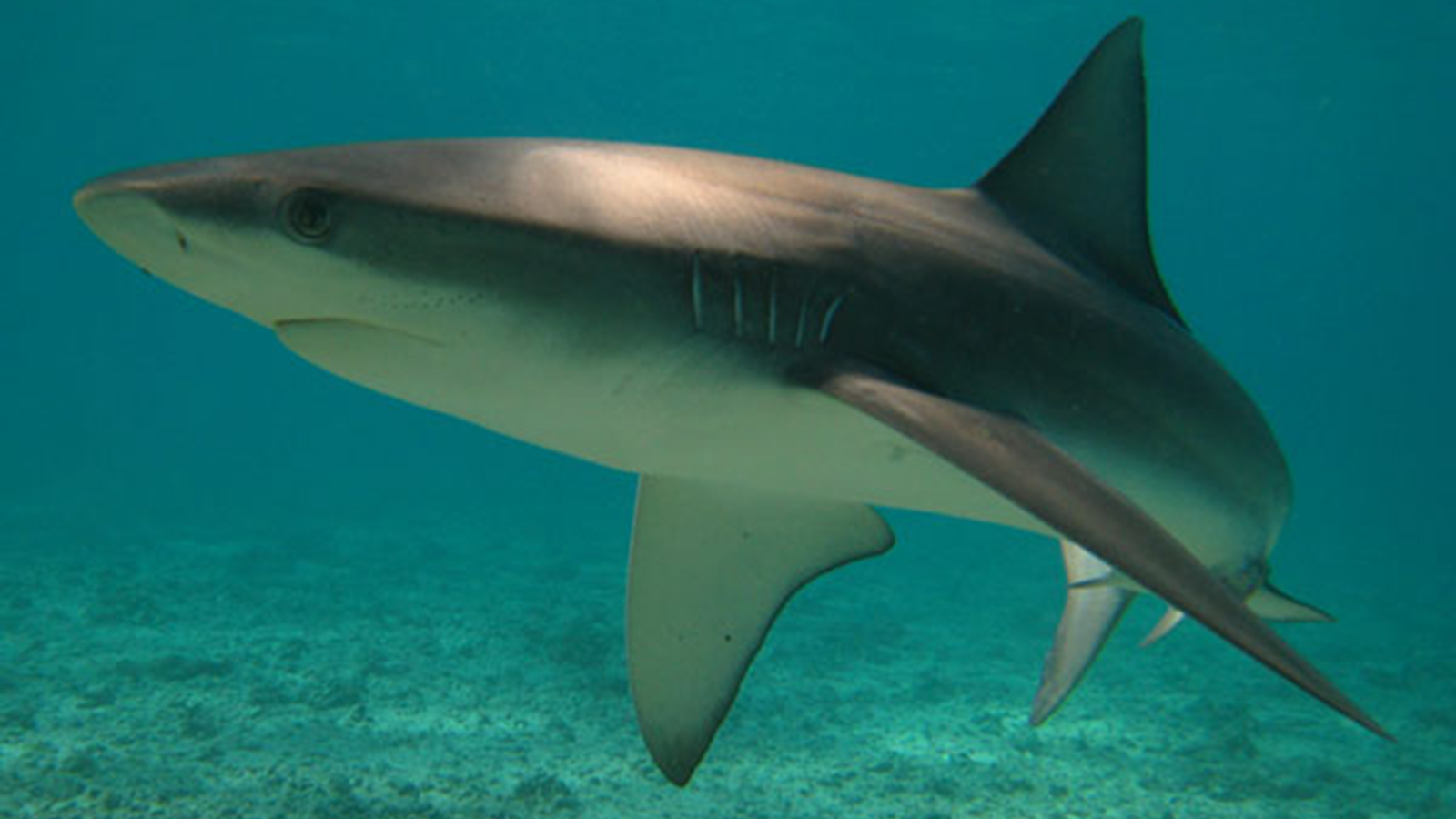
A Galapagos shark at Midway Atoll.
Predators – especially apex predators like sharks – play a crucial role in marine ecosystems.22 By feeding on species below them in the food chain they help control the populations of prey species, which in turn impacts the populations of prey species of those animals, and so on, triggering a cascade effect throughout the ecosystem.23 Moreover, by reducing the impact of a species on a specific resource (e.g., through overgrazing), predators can increase the diversity of species in the ecosystem.24 So, in many cases, greater numbers of predators is a good indicator of ecosystem health, including greater biodiversity and abundance of species in that ecosystem, a phenomenon that is on full display in Papahānaumokuākea.25
Images:
A Hawaiian green sea turtle at Pearl and Hermes Atoll: Credit: John Burns/NOAA, 2017, via Flickr. Public Domain Mark 1.0.
Laysan duck and ducklings: Credit: Naomi Worcester/Hawaii Department of Land and Natural Resources.
Galapagos shark: Credit: Yumi Yasutake/papahanaumokuakea.gov.
Topics
Authors
Kelsey Lamp
Director, Protect Our Oceans Campaign, Environment America Research & Policy Center
Kelsey directs Environment America's national campaigns to protect our oceans. Kelsey lives in Boston, where she enjoys cooking, reading and exploring the city.
Find Out More

A wave of youth ocean activism in Boston
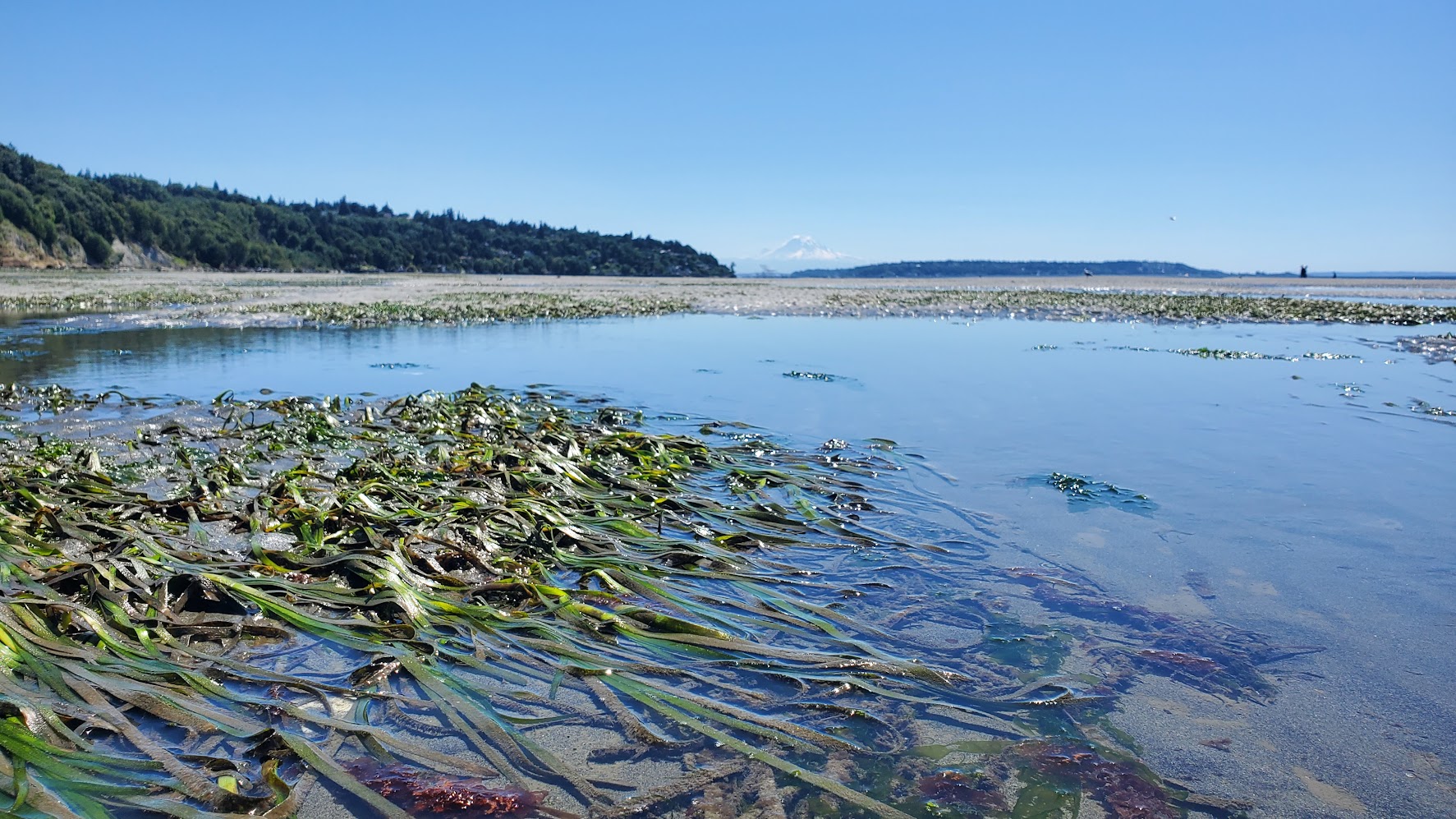
Let’s protect Oregon’s underwater forests
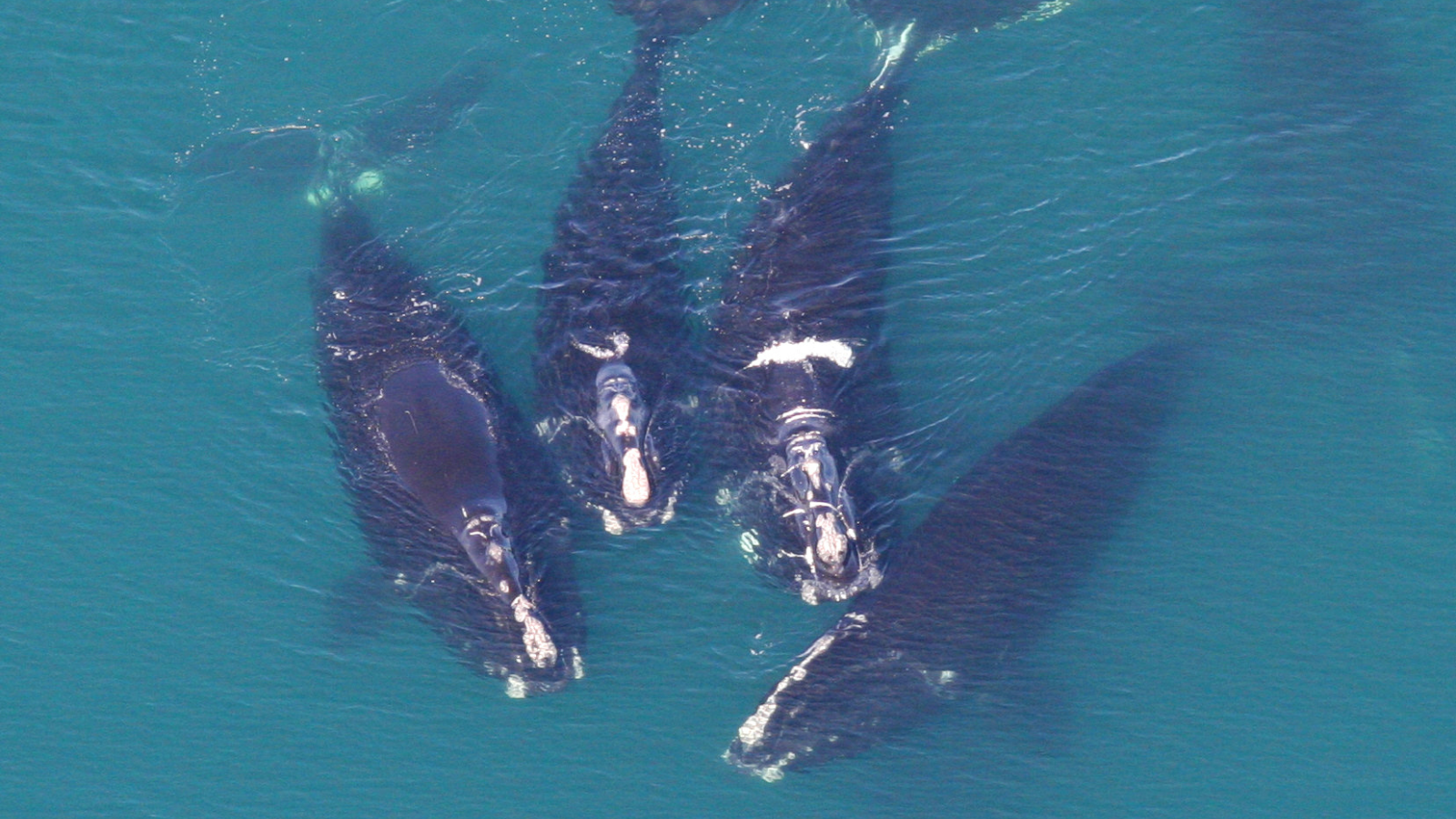
Save the Whales
